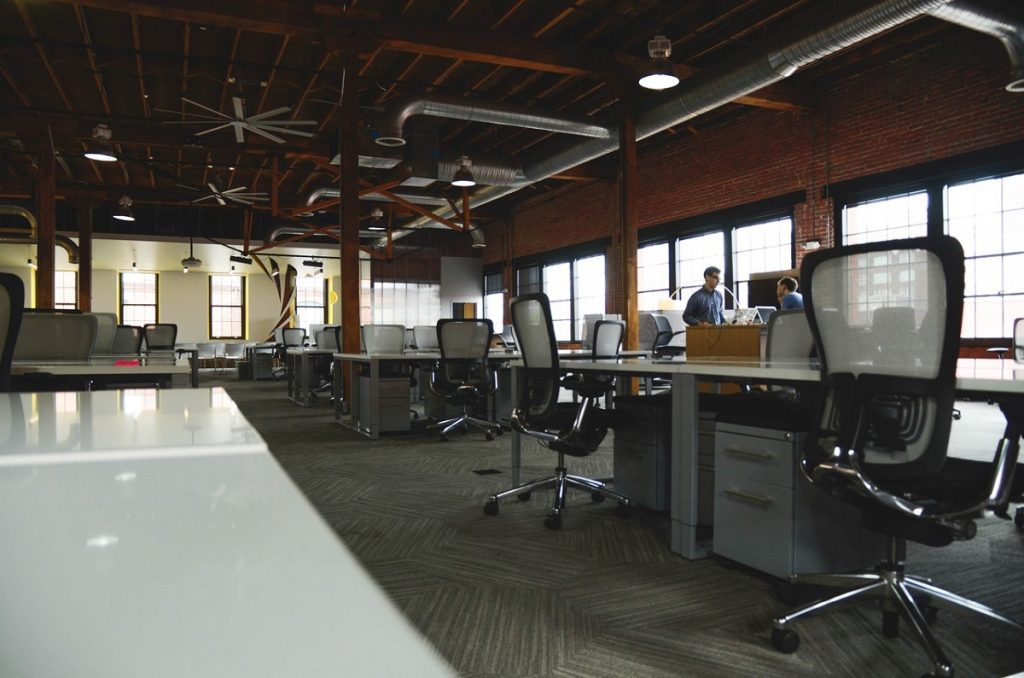The coronavirus pandemic has undoubtedly transformed the way people live, work, and play. But now that some countries are recovering and workers are trickling back to the office, it begs the question: are workplaces ready?
The reality is that the employees you sent home when the pandemic broke out are no longer the same people, and their priorities have changed. You can expect them to be more conscious about their health and safety, and physical distancing may be a habit that won’t easily go away.
More importantly, most people have been accustomed to working from home, and many would dread the thought of coming back. Put simply, it won’t be an easy transition.
But there are things employers can do to adapt to the post-pandemic worker, and at the top of the list is redesigning your office to fit the new normal. Here are some essentials you might want to consider:
Open but spacious
The open floor plan may still work for a fully vaccinated workforce, but the space would have to be twice as big as it used to be. This is because people might still want to maintain some distance between others to stay safe, and a cramped table may just not cut it. Plus, workers have become so used to the isolation that it might be overwhelming to suddenly be too close to many people when they get back to work. So by all means, keep that open-floor plan but designate intimate workstations for each employee and make your common spaces bigger.
Cubicle comeback
If space is an issue in your office, it might be best to put up cubicles. Partitions are a great solution as post-pandemic workers would want to maintain some semblance of isolation and privacy. And what better way to draw boundaries than to have a sea of cubicles separating employees? You can also consider adding more bathroom cubicles and putting up bathroom partitions to give your employees more peace of mind.
Breezy and green
Ventilation is going to be a key requirement for employees. Whether your office is a small room or an entire floor, you should put in the effort to keep the space open, airy, and well-ventilated. Consider putting up operable windows so you can let the fresh breeze in when the weather permits it. And to further improve the room’s indoor air quality, add plenty of greenery throughout your workplace. Consider it a treat for employees who have been stuck indoors and unable to commune with nature.

Hands-off everything
The pandemic has ushered in an era of hands-off or contactless everything, from screens and doors to soap dispensers and toilet flush sensors. If your office still speaks 2019 with its regular door handles and biometric locks, you might want to invest in a little upgrade. Ditch your fingerprint locks for RFID units and your regular doors with automatic sliding doors, instead. Modernize your bathrooms and pantries with touch-free faucets and proximity buttons. If you have a reception area where people need to sign up, replace your manual logbooks with touchless mobile kiosks, instead.
Flexible work environment
The trend of hybrid offices and flexible schedules will surely catch on when people start going back to work. This means that you’ll need to go back to the drawing board and reimagine your workplace. How do you help your employees break free from individual work and rebuild an environment for collaboration, learning, and culture-building? How do you make every nook and cranny in the office functional, ergonomic, and conducive to work? And more importantly, how do you make your employees love working for you again? These are the types of questions you should ask when redesigning your post-pandemic workplace.
Health is wealth
There’s no other period in history where people care about personal and public health more than the pandemic year. And you can expect people to carry on doing so even after the last vaccine rollout. It’s time to huddle up with HR to come up with health-focused perks and incentives and restock the pantry with healthier options. You should also schedule flu shots and partner with fitness gyms and yoga studios. And to make sure it doesn’t become a fad that goes away, build a health and wellness team that will keep track of your initiatives and make sure everyone participates.
The post-pandemic workplace is surely going to be different, and it will be hard for business leaders to get employees to become their proactive and productive selves. But building a hybrid workplace that responds to their changing habits and needs is an initiative that won’t go unnoticed.






